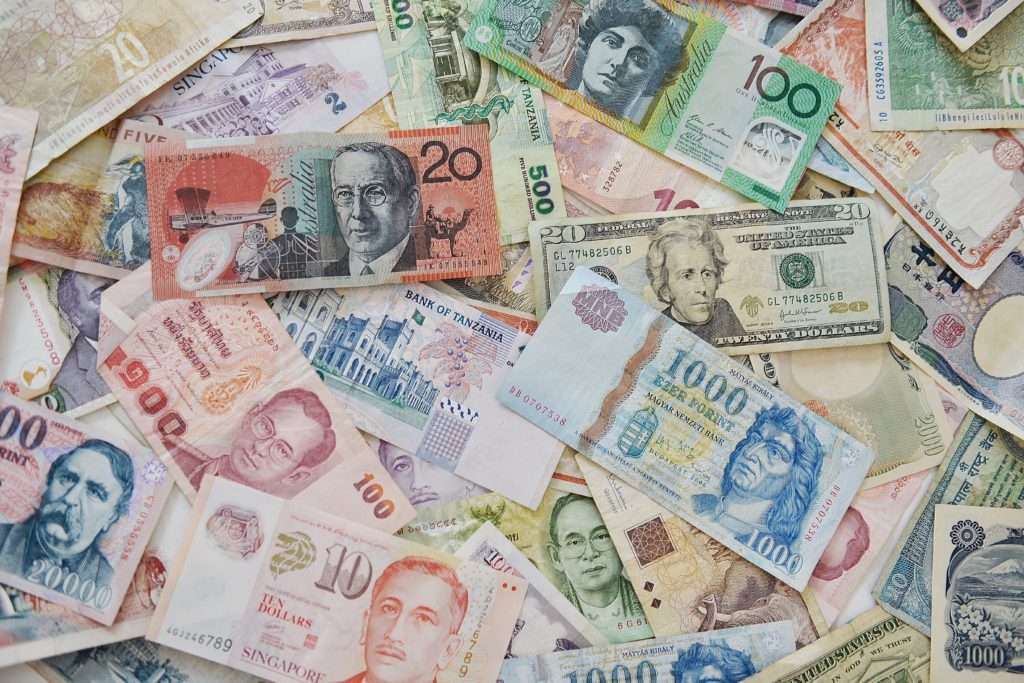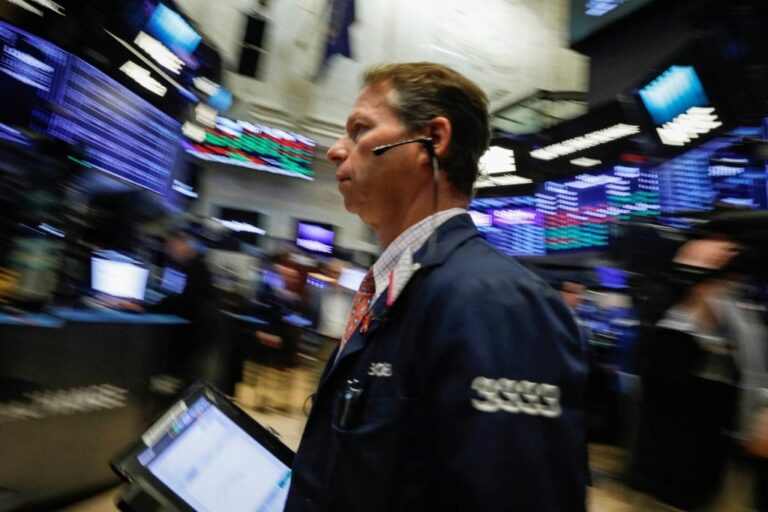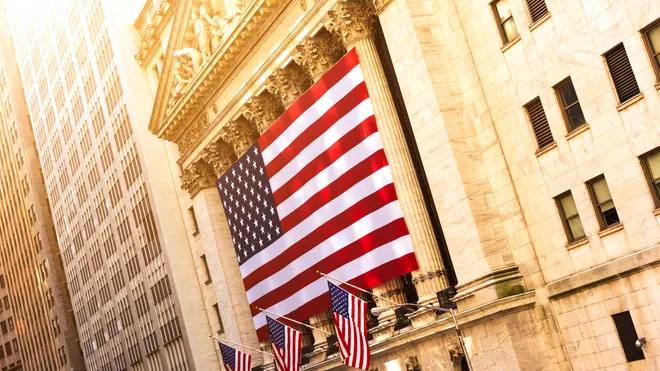The Future Of Money: What You Need To Know Today
For many years, the only form of money we understood was actual cash and coins, which were used to enable trade and allow for the exchange of goods and services in exchange for payment. However, there have been numerous financial systems over the years. Historically, the worth of the raw material used to make currency was a major factor. It was either a commodity in and of itself, like a precious metal, or it was backed by one until the 20th century. Before becoming a fiat currency in the 1970s, or ceasing to be backed by gold or any other commodity, physical currency in Europe in the 1700s was based on the price of gold.
Different Currencies Of Money Exchange:
There are many different currencies in use today, many of which we may be familiar with but not necessarily recognize, such as store loyalty points and air miles. These are referred to as “cooperative” or “complementary” currencies and function in addition to the main financial system.
Local currencies have even been developed in certain towns to function in a particular area, enabling locals to trade this local currency for products and services. The Swiss WIR system is one example of a specialized corporate currency used in commercial transactions.
However, due to the interconnectedness of the internet and the opportunity offered by technical breakthroughs, the advancement in technology and digitalization element of society, including the financial sector and alternative currency systems such as cryptocurrencies, have surged in significance.
How Digital Advances Are Redesigning The Concept
Our limited understanding of what money is has grown since the advent of the internet, and more recently, with the emergence of mobile and app payment technologies like mobile banking and apps like ApplePay.
The 2008–2009 financial crisis was a significant event that mostly dispelled society’s delusion about the stability of the current financial infrastructure. It’s no accident that Bitcoin was created after this crisis.
In contrast to the actual money distributed by banks, Bitcoin and other cryptocurrencies are decentralized currencies that use blockchain technology to speed up online transactions. A distributed ledger is updated by adding new “blocks” for each transaction.
These blocks, which record the history of transactions across the entire system and cannot be modified once the transaction has been recorded, are validated by different nodes in the ledger system.
Since Bitcoin and similar cryptocurrencies, like Ether, are considered by many to be speculative investments that will eventually lose value because they are a form of “fiat” money that is not backed by any specific commodity, just like the physical currency we use every day, they have come under fire for not actually being “money.”
El Salvador
Despite this, El Salvador decided to accept it as legal tender in September 2021. This indicates that it fulfills one of the primary functions of what we traditionally refer to as “money”: it can be used to buy goods and services and settle debts legally. Tesla briefly agreed to it before changing its mind because of blockchain technology’s enormous carbon footprint.
Given that the defining characteristic of “money” is that it is accepted as a medium of a trade by a community, El Salvador’s legislation must classify Bitcoin as a type of money, at least there.
Distributed ledger technology has the potential to support centralized currencies, which are controlled by a central authority, such as money distributed by banks, more than decentralized currencies like Bitcoin.
Because of the rapidly evolving financial technology, even conventional banks are considering constructing their digital currencies, known as central bank digital currencies (CBDCs). Making Bitcoin legal tender in El Salvador allows other competing currencies, including but not limited to cryptocurrencies, to enter the market and establish themselves as “money.”
Future civilization may potentially contain numerous competing currencies operating concurrently, or, as social theorist Friedrich Hayek suggested, a new currency may succeed our current one if it better serves the requirements of society.
Whether these currencies gain widespread societal acceptance to the point where economic policies can be formed to standardize them as means of trade will determine whether we live in a future with many – or multiple – representations of “money.”
Related Blogs:
The Future Of Money: What You Need To Know Today









